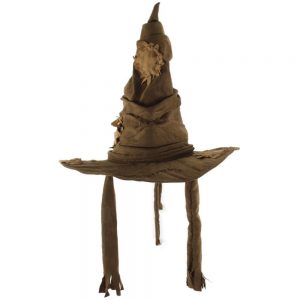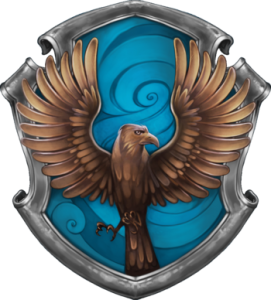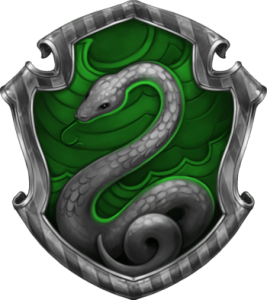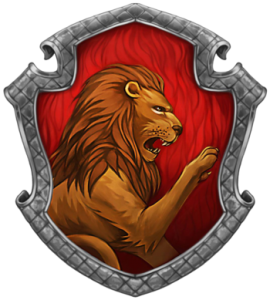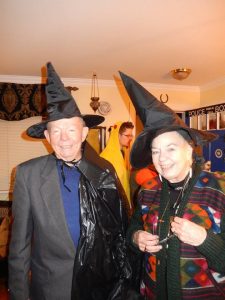The Hogwarts Sorting Hat divides students into their respective houses in their first year at the school of witchcraft and wizardry. Each house is known for having its own “personality.” In addition to potential wizards/witches, one can also sort those involved in conservation into the four Hogwarts houses.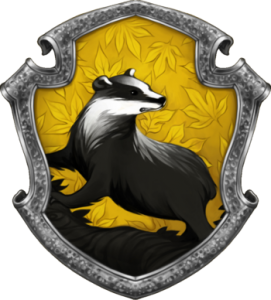
- Hufflepuff – This house stands for dedication and hard work, but also patience, tolerance, fair play and kindness. Most conservationists working in NGOs, especially those related to protection of megafauna species, are Hufflepuffs. One famous Hufflepuff was Newton Scamander, a socially awkward wizard who took it upon himself to try to save endangered magical creatures, when others just saw them as pests. Most of the herbology teachers at Hogwarts were Hufflepuffs (Neville Longbottom being a notable exception).
- Ravenclaw – The traits shown by Ravenclaw house members include intelligence, wisdom, originality, individuality and creativity. Unsurprisingly many of the best conservationists in academia tend to be Ravenclaws. Their individuality sometimes leads them to work on their own. However, they often prefer to remain in the ivory tower. EO Wilson and Brian Cox are famous members of Ravenclaw.
- Slytherin – Although members of Slytherin are often viewed as “bad” or “mean,” the traits associated with Slytherin are cleverness/cunning, resourcefulness, ambition and determination. It’s this combination of doggedness/stubbornness and clever resourcefulness that often lead Sytherins to be successful conservationists. They may see an opportunity where others do not, but they may also keep pushing at an issue when others accept they have failed. Fraternity is also a trait of Slytherins, and they may also provide vital support when it comes down to “them versus us”. Many conservation leaders and conservationists with a high media profile are Slytherins because of this combination of cleverness, drive, and determination. However, the dark side of ambition can sometimes take over Slytherins and their egos can sometimes get out of control. A famous academic Slytherins is Richard Dawkins. Notable Slytherins in conservation include @WhySharksMatter and @Craken_MacCraic, so they can’t be all bad.
- Gryffindor – The characteristics of Gryffindors include bravery, courage, honor and daring. These characteristics often lead Gryffindors to take on battles that might not be the best battles, or may even be the wrong battles. Many high profile conservation advocates, activists and campaigners are Gryffindors, as are many rangers and field conservationists. Famous Gryffindors include Rachel Carson and Lee Talbot (see below).
Ultimately, effective conservation needs a team, and a perfect mix are members from each of the Hogwarts houses: Ravenclaws for meticulous science, Slytherins for drive and resourcefulness, Gryffindors for knowing when to make the bold, brave move and being unafraid of confrontation, and Hufflepuffs for holding the group together and ensuring that the hard work is done and done properly.
